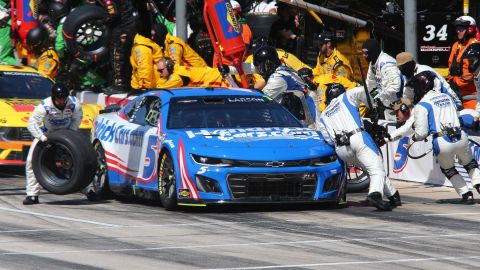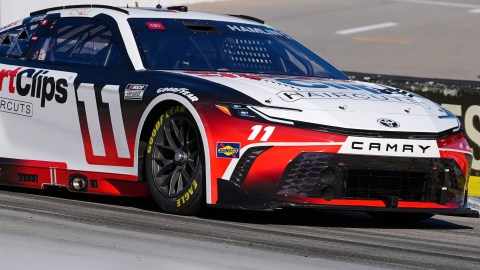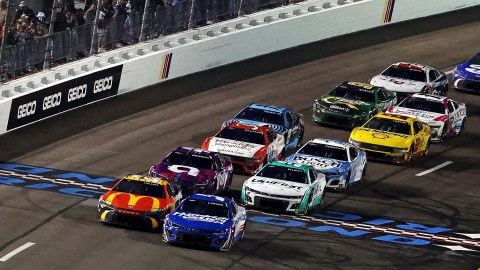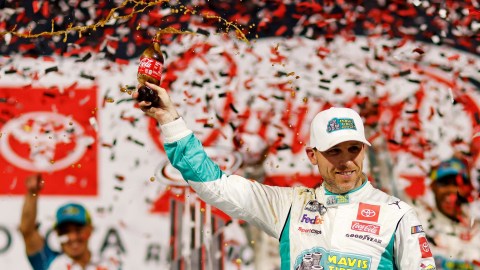After much speculation regarding Formula One’s post-2020 power unit regulations, the FIA has clearly defined the direction in which those rules will take the sport.
The FIA and F1 on Tuesday met in Paris to present manufacturers — those currently involved in the series, as well as potential OEMs — with an outline of the major changes to the 2021 power unit regulations.
The objective of the new engine rules, as F1 team principals continually have stated, will be to retain road-relevant hybrid technology while also improving cars’ sounds and lowering costs. The regulatory framework highlights a clear path toward achieving those goals, though the rules won’t be finalized for some time.
“In order to uphold the objective of cost reduction, work will continue over the next 12 months to define certain elements of the power unit, but the design and development of the complete power unit will not be possible until all the information is released at the end of 2018,” the FIA said in a statement. “This aims to ensure that manufacturers continue to work on the current specification power unit.”
Next-generation power units will continue to utilize 1.6-liter turbocharged V-6 internal combustion engines, but they will rev 3,000 rpm higher than the current-spec ones — which have a redline of 13,500 rpm — to ensure they’re louder. The ICE still will be mated to a hybrid system, though the FIA plans to ditch the motor generator unit that captures heat energy (MGUH) and compensate by using a more powerful kinetic energy recovery system (MGUK).
Rather than the hybrid system automatically using electric power harvested by the MGUK, the FIA says drivers will be able to control when they deploy it. What’s more, pilots will be able to save that energy throughout a race for strategic purposes, similar to what IndyCar does with its push-to-pass system.
Here are other notable elements of the 2021 power unit rules:
— Mandatory internal design parameters aimed at reining back development costs and preventing manufacturers from using high-risk configurations.
— Revised turbocharger dimensions and weight limit.
— Standardized batteries and electronic controls.
— Increasingly prescriptive external design parameters to ensure chassis, engines and gearboxes from different manufacturers are easily interchangeable.
Thumbnail photo via Jerome Miron/USA TODAY Sports Images



